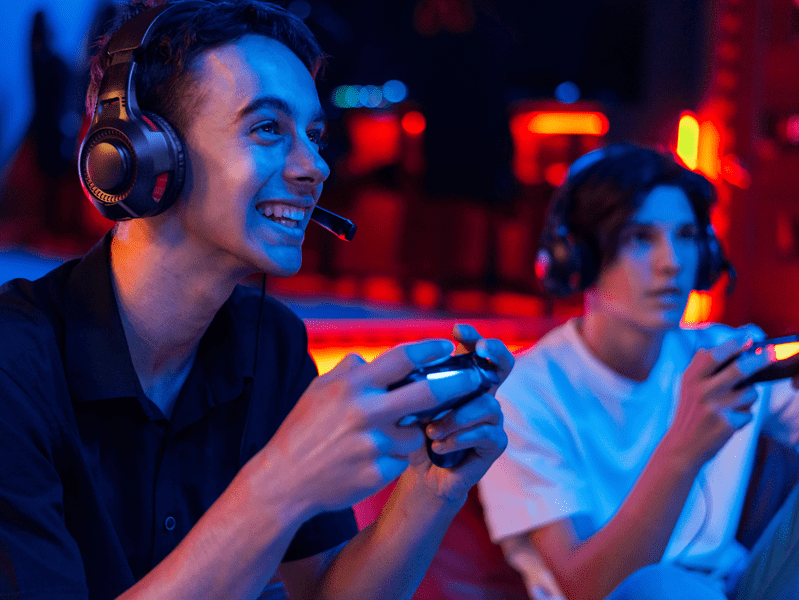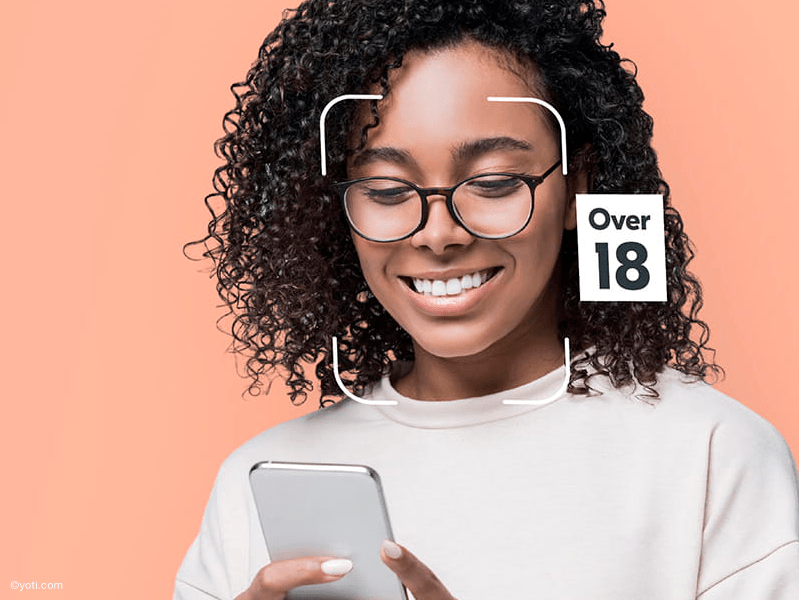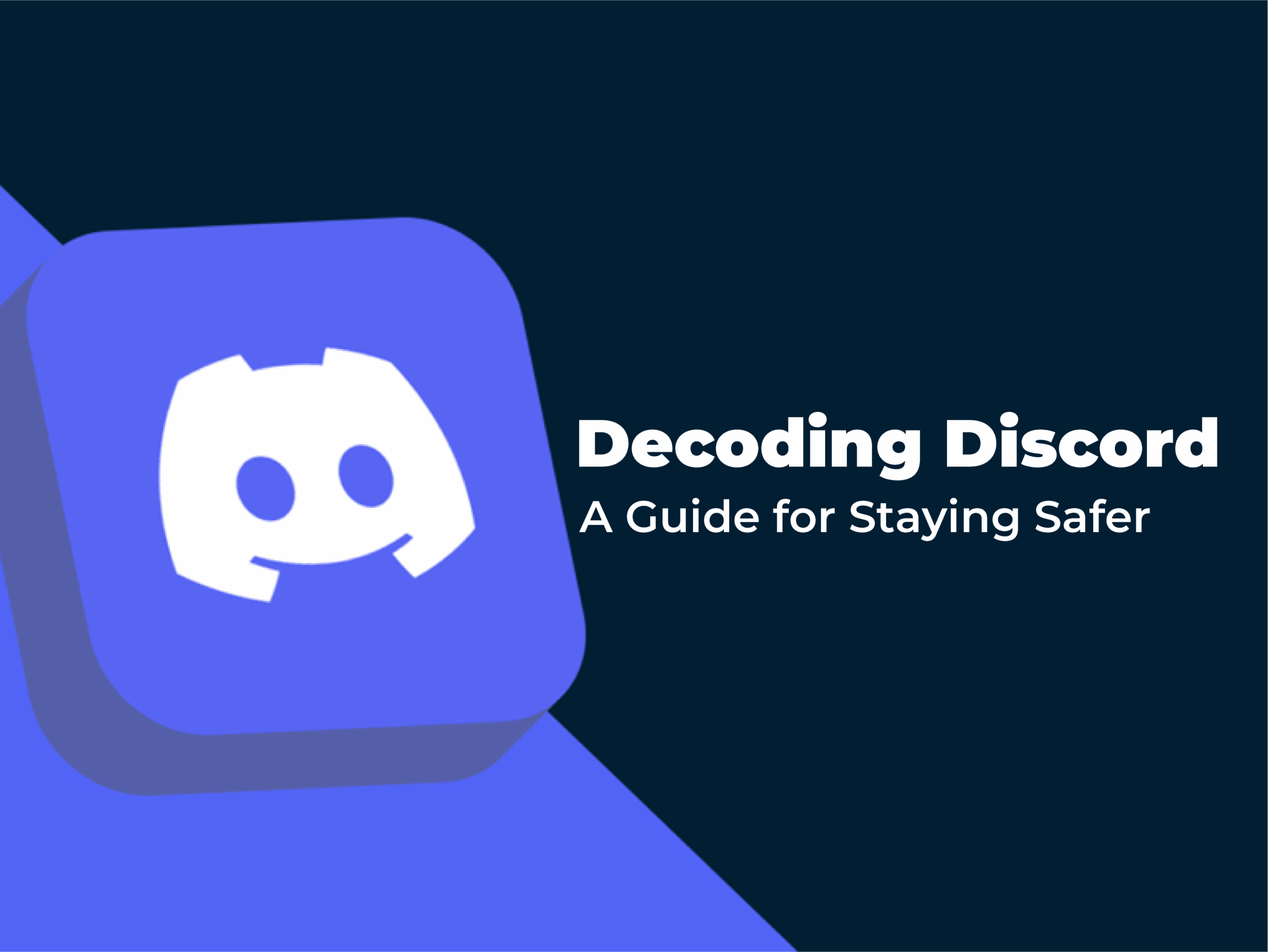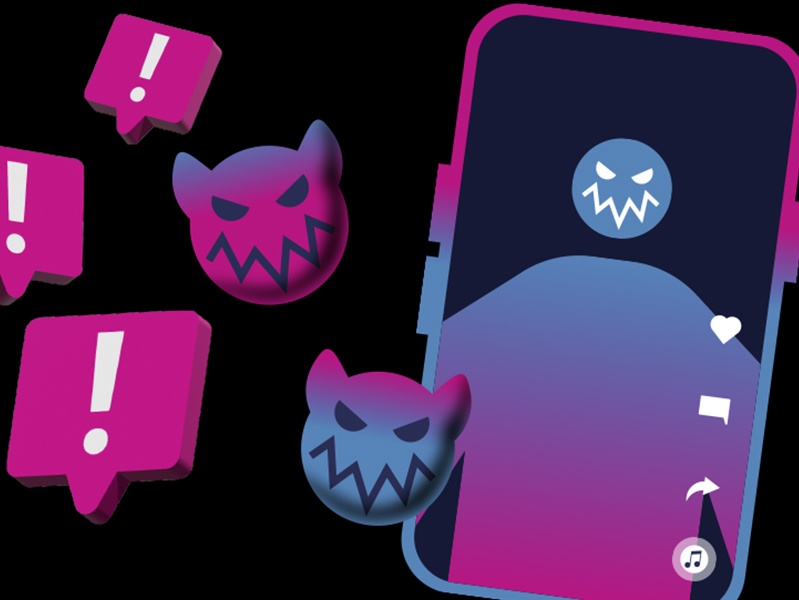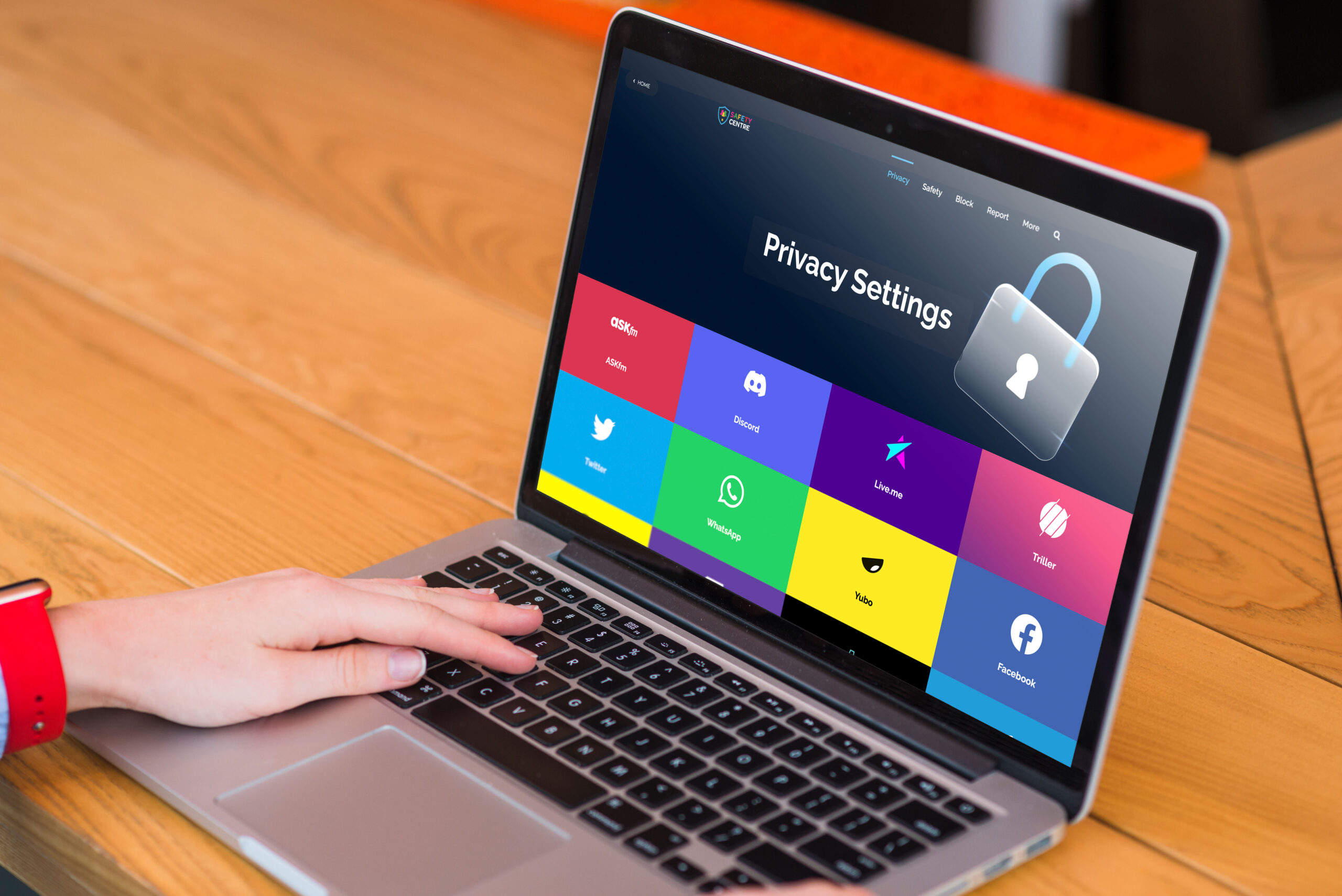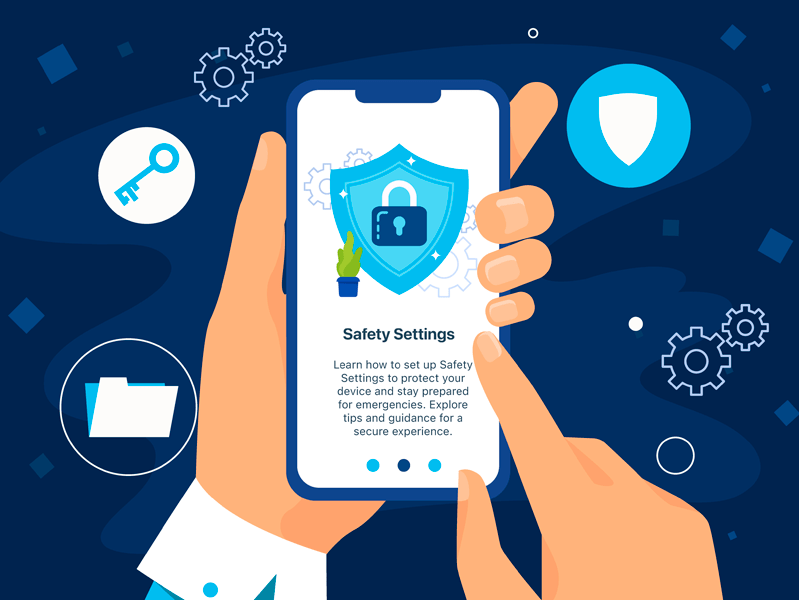Reading Time: 9.4 mins
September 17, 2025
With over 79.5 million daily users and 56% of them aged under 16, there is a good chance your child or young person has heard of Roblox. While at the surface it may seem like every other game on the market, it has been in the headlines frequently due to the platform’s track record of exposing children and young people to various harms.
What is Roblox?
Roblox is more than just one game – it is a catalogue of free games, known as ‘experiences’, that are hosted by Roblox but created by the users with Roblox’s built-in tools. Players select an ‘experience’ and are then placed into a server with up to 100 other users.
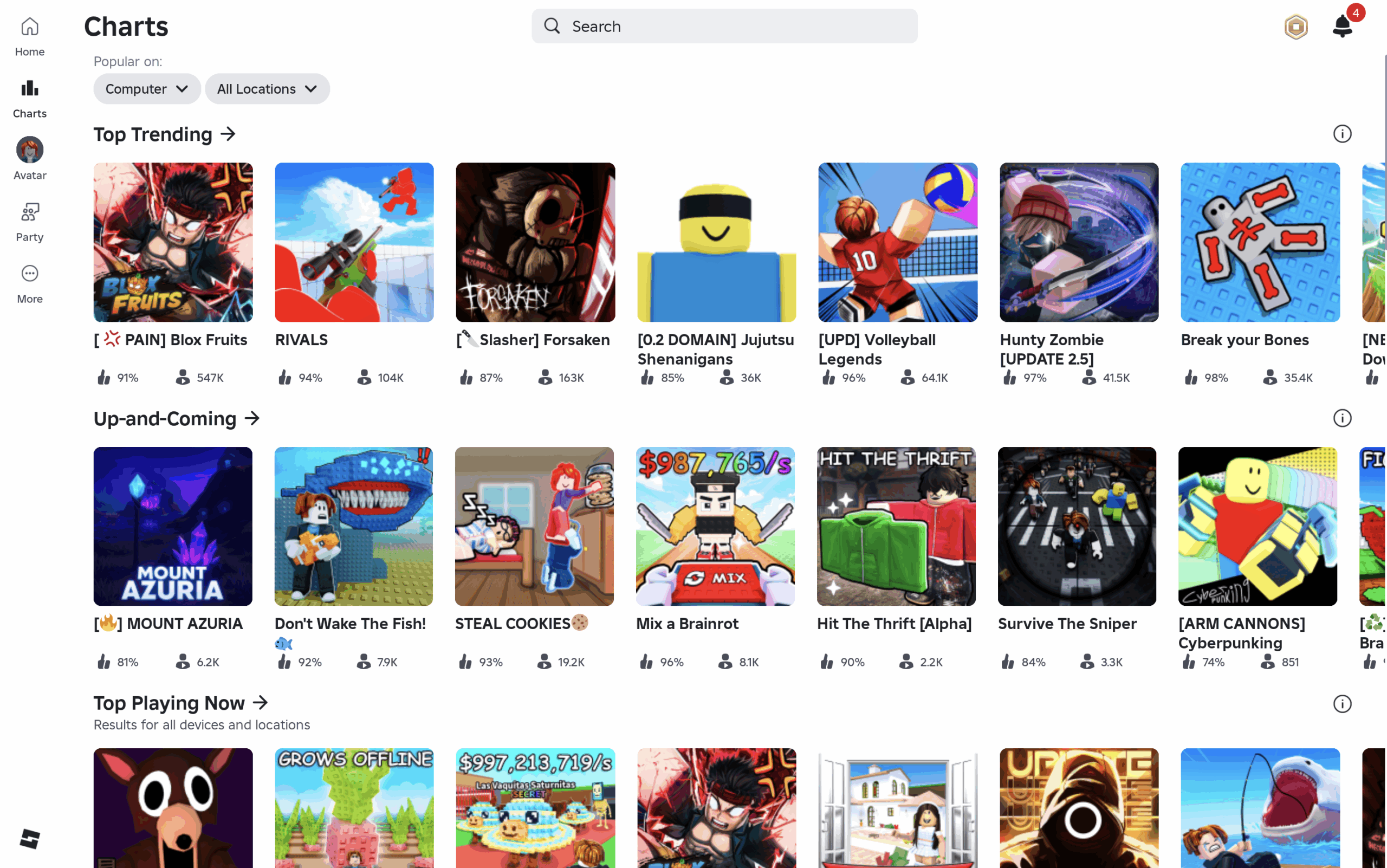
‘Charts’ page of Roblox showing popular ‘experiences’ (Roblox, 2025)
Roblox uses an in-game currency – Robux. Robux can be used to buy exclusive experiences, various upgrades and in-game items. Robux can be bought with real money or earned by creating ‘experiences’. If creators earn a high amount of Robux, they can convert the Robux into real money. To exchange Robux for real money a player must be over the age of 13, have paid for Roblox’s premium subscription and have access to a Paypal account. This means that young players would need to talk to an adult to be able to exchange their Robux for real money.
As with most online platforms of this nature, there are voice and chat functions that players can use within servers. Users can also send and receive friend requests from others withn a server, allowing them to communicate outside of gameplay.
Who Can Play It?
Roblox is rated as ‘Parental Guidance Recommended’ by PEGI as well as the Google Play Store and Apple App Store. This is due to the platform’s user-generated content which varies in age appropriateness.
Roblox are currently testing an age verification method that requires users to take a short “selfie-style” video which then is assessed by AI to estimate their age. The estimated age is then assigned to the user’s account and, if not accurate, a user must then confirm their age via ID verification. Users confirmed at 13+ will get access to features such as voice chat and chat without filters.
Roblox rates each ‘experience’ with a ‘content maturity label’ based on its gameplay so that “all users can make informed decisions about the content they interact with”, according to Roblox. The maturity ratings are:

An example of a ‘Restricted’ experience on Roblox (Roblox, 2025)
Why Is It So Popular?
Roblox offers a vast library of games that cover many genres and interests that children and young people can explore. ‘Experiences’ are quickly amended in reaction to player feedback due to them being managed by individual creators. This makes children and young people feel catered to and gives a sense of freedom compared to games developed by large companies. Beyond entertainment, Roblox offers social connections, outlets for creative expressions and opportunities to learn basic coding concepts.
Safety Settings
Roblox have introduced new and updated parental controls to help parents and carers manage the gaming experience of the children and young people in their care through linked parent accounts.
What Are the Risks?
As this platform has seen an explosion in popularity recenty, It is important for parents, carers and professionals to be aware of the risks that this popular platform can pose to children and young people.

How Can I Help?
While Roblox have made steps to make the platform a safer, creative space for younger users, it still presents significant risks to children and young people, so it’s essential for parents and carers to be actively involved in how the young people in their care are using it. Here are some practical tips for working towards a safer Roblox experience:
Have Open Conversations
Speak non-confrontationally and frequently to the child in your care about their online habits. Ask them questions like, “what games do you like to play on Roblox?” and “who do you like to talk to when you play?”. This will encourage them to be more honest about their habits and come to you if they have questions.
Ensure they know who their trusted adults are if they need to discuss something they have seen online that is harmful or has made them uncomfortable.
Utilise Parental Controls Effectively
Make use of the safety features to take the essential steps towards making the online experience safer for children and young people. Discuss with the child or young person why you have chosen the selected restrictions and come to an agreement as this will help them feel involved and in control. If they feel that you have breached their privacy and taken over their account without consent, it may lead them to lie about their online habits.
As the child or young person gets older, you may wish to alter the restrictions, so review them frequently.
Explain that Personal Information Should Stay Private
Children and young people should be taught that their personal, identifiable information is very special and should not be shared online. They should always consider why a person or platform needs their details if they are asked to share them. If they are unsure of the answer, they should ask a trusted adult for advice. This includes their full name, age, school, address, birthday and phone number.
Further Resources
Join our Online Safeguarding Hub Newsletter Network
Members of our network receive weekly updates on the trends, risks and threats to children and young people online.



